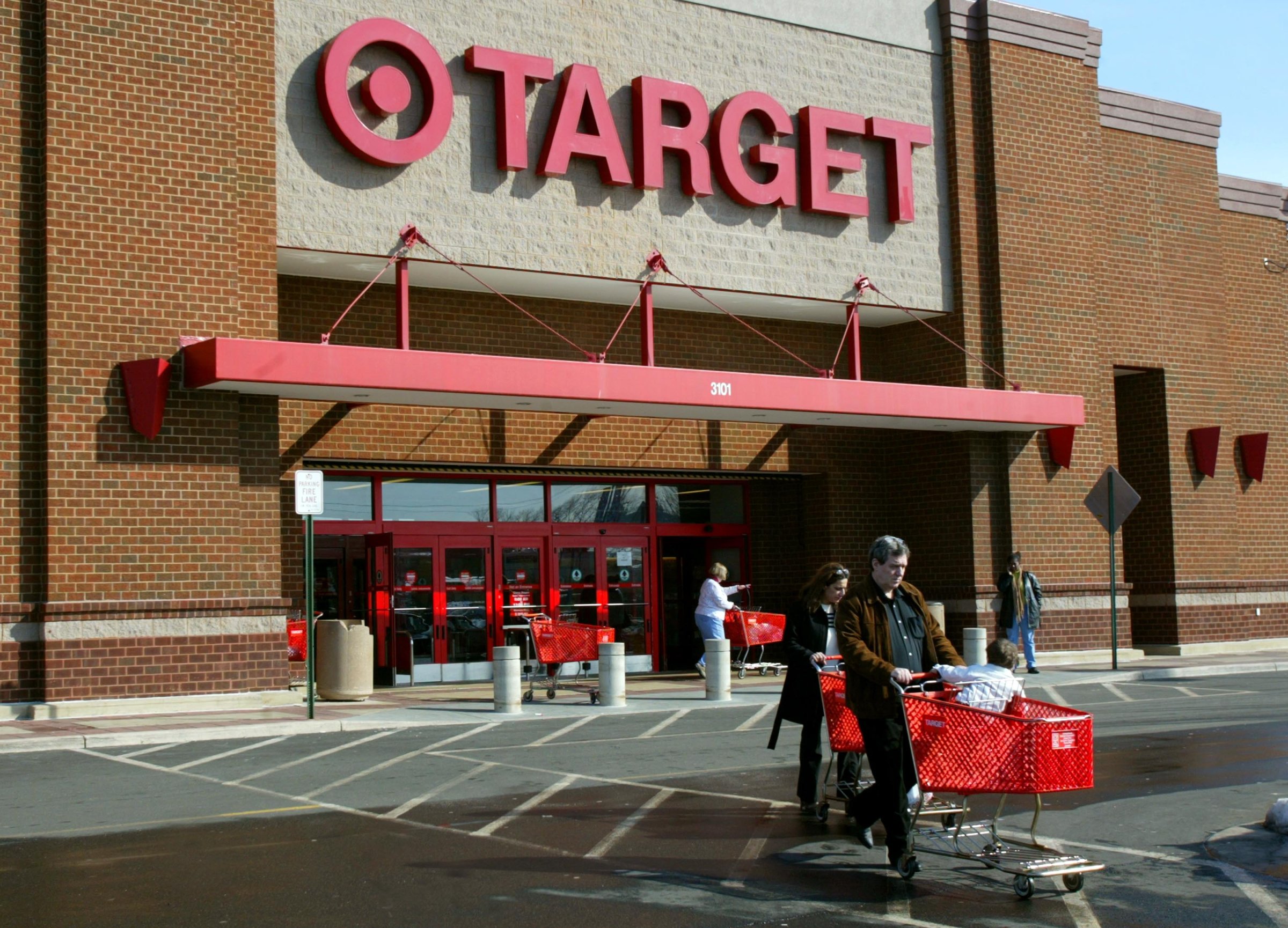
When the first Target store opened — on this day, May 1, in 1962 — as an offshoot of the Minneapolis-based Dayton’s department store, it marketed itself, per the Target Corporation, as “a new kind of mass-market discount store that caters to value-oriented shoppers seeking a higher-quality experience.”
By and large, it has stayed true to its aim, and to the slogan (“Expect more. Pay less.”) that sets it apart from its chief rival in the big-box battle: Walmart (“Save money. Live better.”). Instead of trying to beat Walmart’s prices (although, at times, it has) Target’s executives pursued a reputation for “cheap chic,” and recruited big-name designers from Michael Graves to Isaac Mizrahi to Marc Jacobs, Tracy Reese, and, most recently, Lilly Pulitzer.
That strategy has made Target a retail powerhouse with 1,795 stores and a wealthier clientele than Walmart’s: Target shoppers have an average annual income of $64,000, while Walmart shoppers average between $30,000 and $60,000, according to a CBS News report. (In fact, even the wealthiest Americans have a soft spot for Target. In an Adweek survey, 41% of people with a net worth over $5 million said they liked to shop there.)
But it seems that cheap may still have an edge over chic: Target hasn’t been able to catch up with Walmart’s massive growth, which has brought the latter to 11,000 stores in 27 countries. In fact, its efforts to expand into just one other country — Canada — ended disastrously earlier this year. Less than two years after setting up 133 shops in Canada, Target announced that it would shutter all of them, according to The Motley Fool. “Many factors contributed to the retailer’s woes in Canada, such as inventory problems that left shelves half-stocked at many locations, customer complaints over high prices, and supply chain issues,” The Motley Fool writes. The abortive expansion ended in a $7 billion loss for Target, and stymied investors’ hopes of any future international forays.
In fact, Target’s growth has been slowing since 2011, according to The Economist, which notes, “[Target’s] designer lines had seemingly lost their sparkle… (and) it struggled to keep up with the rise of ‘fast-fashion’ retailers such as Uniqlo and Zara.”
The first location in Roseville, Minn., is still home to a Target — but just last year it acquired a new neighbor: Roseville’s first Walmart store. Locals were left wondering whether Target’s home turf would be big enough for both of them.
Read a 1999 report of Target’s designer side, here in the TIME archives: The Allure of Commodity Chic
More Must-Reads from TIME
- Cybersecurity Experts Are Sounding the Alarm on DOGE
- Meet the 2025 Women of the Year
- The Harsh Truth About Disability Inclusion
- Why Do More Young Adults Have Cancer?
- Colman Domingo Leads With Radical Love
- How to Get Better at Doing Things Alone
- Michelle Zauner Stares Down the Darkness
Contact us at letters@time.com